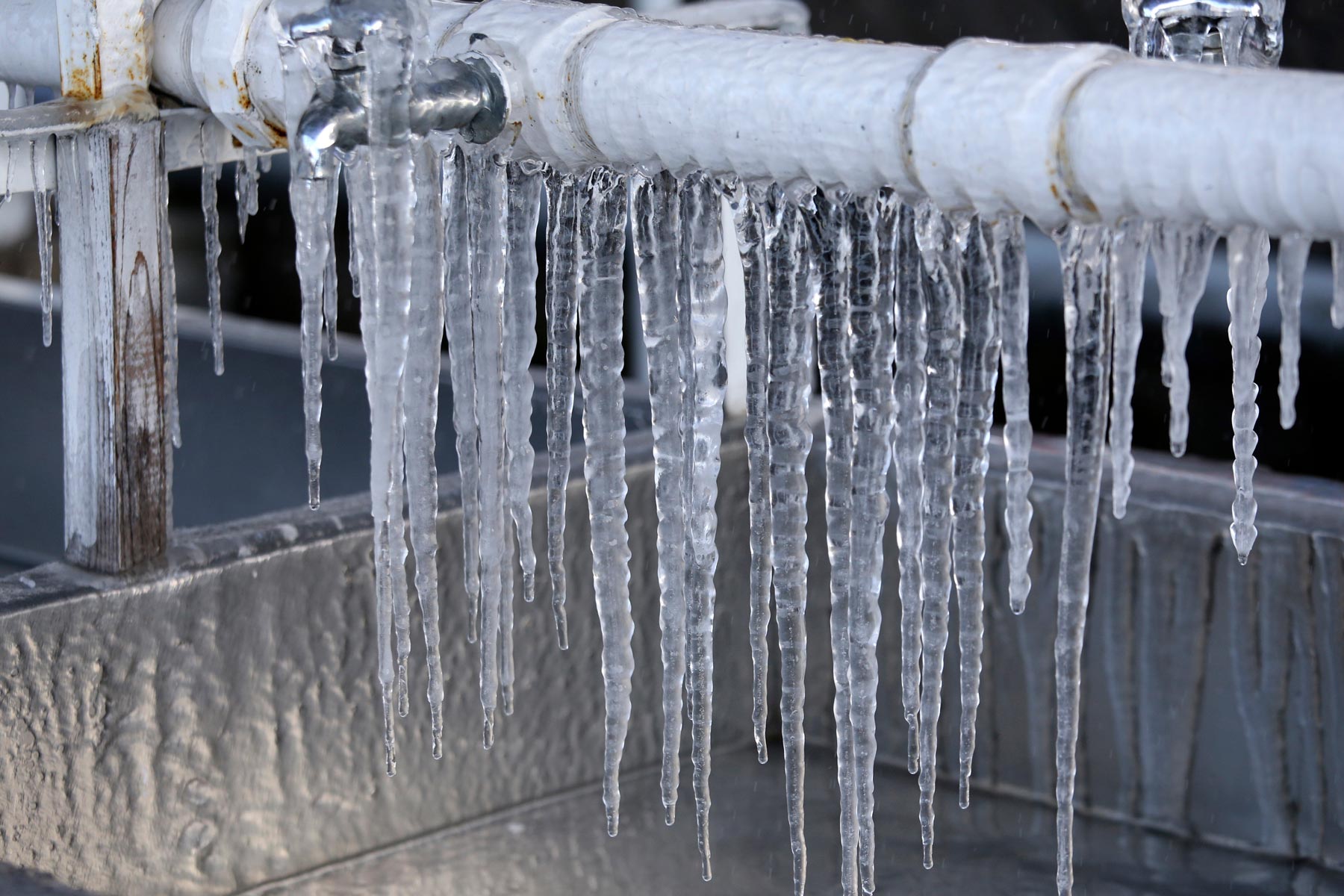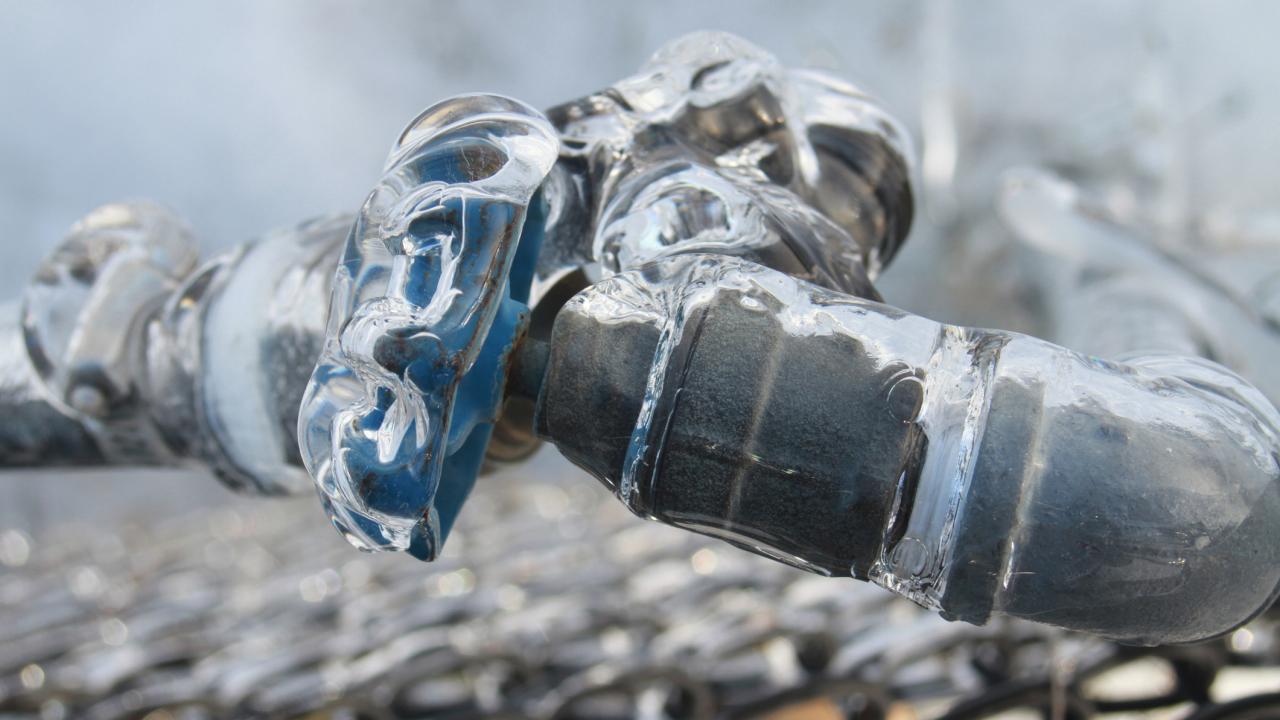Important Advice to Protect Against Frozen Plumbing in Winter
Important Advice to Protect Against Frozen Plumbing in Winter
Blog Article
We've come across this article pertaining to How to prepare your home plumbing for winter weather listed below on the net and thought it made good sense to discuss it with you here.

Winter can ruin your pipes, specifically by freezing pipes. Below's exactly how to prevent it from happening and what to do if it does.
Intro
As temperatures decrease, the threat of frozen pipes rises, potentially causing pricey repair work and water damages. Recognizing how to prevent frozen pipes is crucial for home owners in chilly environments.
Understanding Icy Pipes
What triggers pipelines to freeze?
Pipelines ice up when exposed to temperatures below 32 ° F (0 ° C) for prolonged durations. As water inside the pipes freezes, it broadens, taxing the pipe walls and potentially triggering them to rupture.
Dangers and damages
Frozen pipelines can lead to supply of water interruptions, property damages, and pricey repair services. Burst pipes can flooding homes and trigger extensive architectural damage.
Signs of Frozen Piping
Determining icy pipes early can stop them from rupturing.
Just how to determine icy pipes
Seek lowered water circulation from faucets, unusual smells or sounds from pipelines, and visible frost on subjected pipelines.
Avoidance Tips
Protecting prone pipelines
Cover pipelines in insulation sleeves or make use of warm tape to safeguard them from freezing temperatures. Concentrate on pipes in unheated or outside locations of the home.
Heating strategies
Keep indoor spaces sufficiently warmed, especially areas with plumbing. Open up closet doors to permit cozy air to distribute around pipes under sinks.
Safeguarding Outdoor Pipes
Yard hose pipes and outdoor taps
Detach and drain pipes yard pipes before winter. Mount frost-proof spigots or cover outdoor taps with insulated caps.
What to Do If Your Pipelines Freeze
Immediate actions to take
If you think frozen pipes, maintain taps open up to alleviate pressure as the ice melts. Utilize a hairdryer or towels soaked in hot water to thaw pipes gradually.
Long-Term Solutions
Architectural changes
Consider rerouting pipelines away from outside walls or unheated areas. Add additional insulation to attics, cellars, and crawl spaces.
Updating insulation
Purchase top quality insulation for pipelines, attics, and wall surfaces. Proper insulation helps keep constant temperatures and reduces the risk of frozen pipes.
Final thought
Stopping frozen pipes requires proactive steps and quick responses. By comprehending the causes, indicators, and preventive measures, home owners can safeguard their pipes throughout cold weather.
5 Ways to Prevent Frozen Pipes
Drain Outdoor Faucets and Disconnect Hoses
First, close the shut-off valve that controls the flow of water in the pipe to your outdoor faucet. Then, head outside to disconnect and drain your hose and open the outdoor faucet to allow the water to completely drain out of the line. Turn off the faucet when done. Finally, head back to the shut-off valve and drain the remaining water inside the pipe into a bucket or container. Additionally, if you have a home irrigation system, you should consider hiring an expert to clear the system of water each year.
Insulate Pipes
One of the best and most cost-effective methods for preventing frozen water pipes is to wrap your pipes with insulation. This is especially important for areas in your home that aren’t exposed to heat, such as an attic. We suggest using foam sleeves, which can typically be found at your local hardware store.
Keep Heat Running at 65
Your pipes are located inside your walls, and the temperature there is much colder than the rest of the house. To prevent your pipes from freezing, The Insurance Information Institute suggests that you keep your home heated to at least 65 degrees, even when traveling. You may want to invest in smart devices that can keep an eye on the temperature in your home while you’re away.
Leave Water Dripping
Moving water — even a small trickle — can prevent ice from forming inside your pipes. When freezing temps are imminent, start a drip of water from all faucets that serve exposed pipes. Leaving a few faucets running will also help relieve pressure inside the pipes and help prevent a rupture if the water inside freezes.
Open Cupboard Doors
Warm your kitchen and bathroom pipes by opening cupboards and vanities. You should also leave your interior doors ajar to help warm air circulate evenly throughout your home.

I am very eager about How to prepare your home plumbing for winter weather and I am praying you enjoyed my blog posting. Are you aware of somebody else who is excited by the niche? Feel free to promote it. Thank-you for your time invested reading it.
This Page Report this page